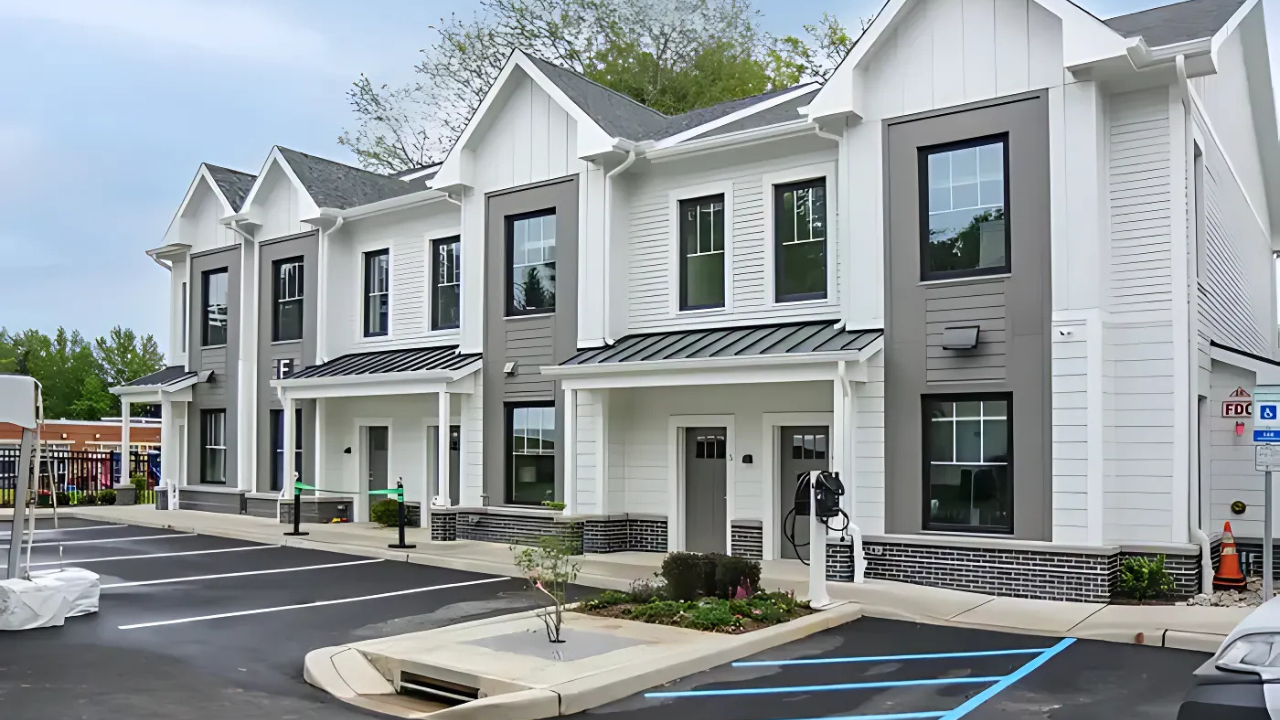New Jersey has just opened its first-ever green affordable housing project in Newark. The 56-unit apartment building, called Clay Street Commons, is located in the city’s South Ward and is designed to be energy-efficient, environmentally friendly, and affordable for low-income residents. The building includes solar panels, high-efficiency systems, and sustainable construction materials.
This project stands out because it’s not just another housing development—it’s the first of its kind in the state that combines affordability with green technology. But despite the celebration around its opening, there are growing concerns that similar future projects may not happen anytime soon.
The $31 million development was funded with a mix of sources, including federal Low-Income Housing Tax Credits, state funds, and city support.
It also benefited from incentives for including energy-efficient technology. Tenants will pay rent based on their income, making it accessible to working-class families and individuals who typically can’t afford high utility bills or high rents.
However, even though this is being seen as a model for sustainable, affordable housing, funding for similar projects is limited. Experts and advocates say it’s getting harder to build affordable housing in the current economy, and adding green features only increases the cost.
Leaders in the housing space say more state-level support is needed to ensure that green housing doesn’t become a one-time thing.
Without proper funding and policy changes, projects like Clay Street Commons could remain rare. Developers point out that there are many additional expenses involved when aiming for energy efficiency, like specialized materials and advanced HVAC systems. While these save tenants money in the long run, the upfront costs are often hard to cover.
The state has talked about supporting green energy and affordable living in different plans and proposals, but on-the-ground funding remains tight.
Clay Street Commons was able to come to life partly because of pandemic-era support and creative financial planning that might not be easy to repeat.
For now, Clay Street Commons offers hope for families who get to move into a clean, safe, and eco-conscious building. But it also raises a big question: will New Jersey find a way to build more housing that’s both affordable and green, or will this be the exception, not the start of a trend?






